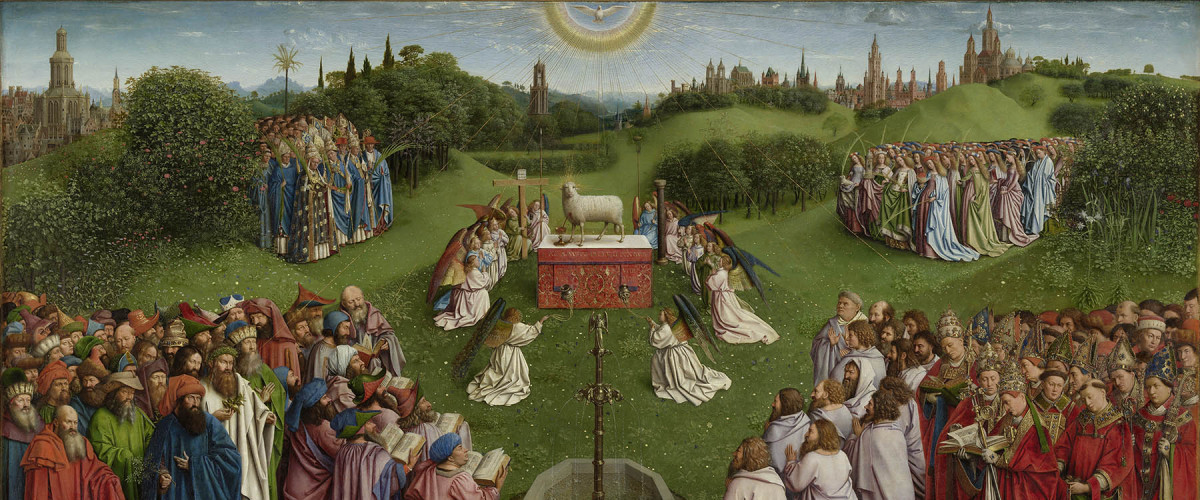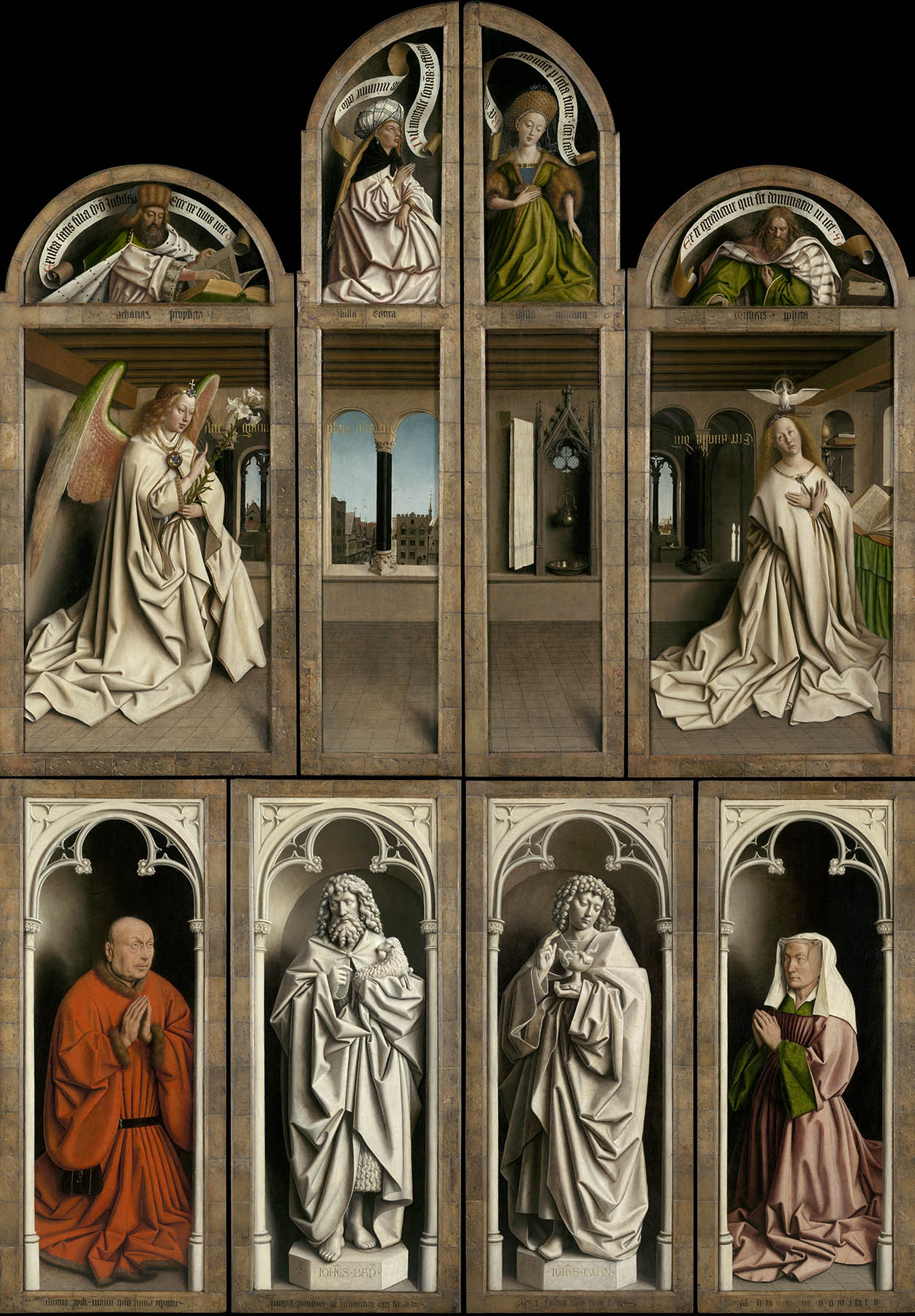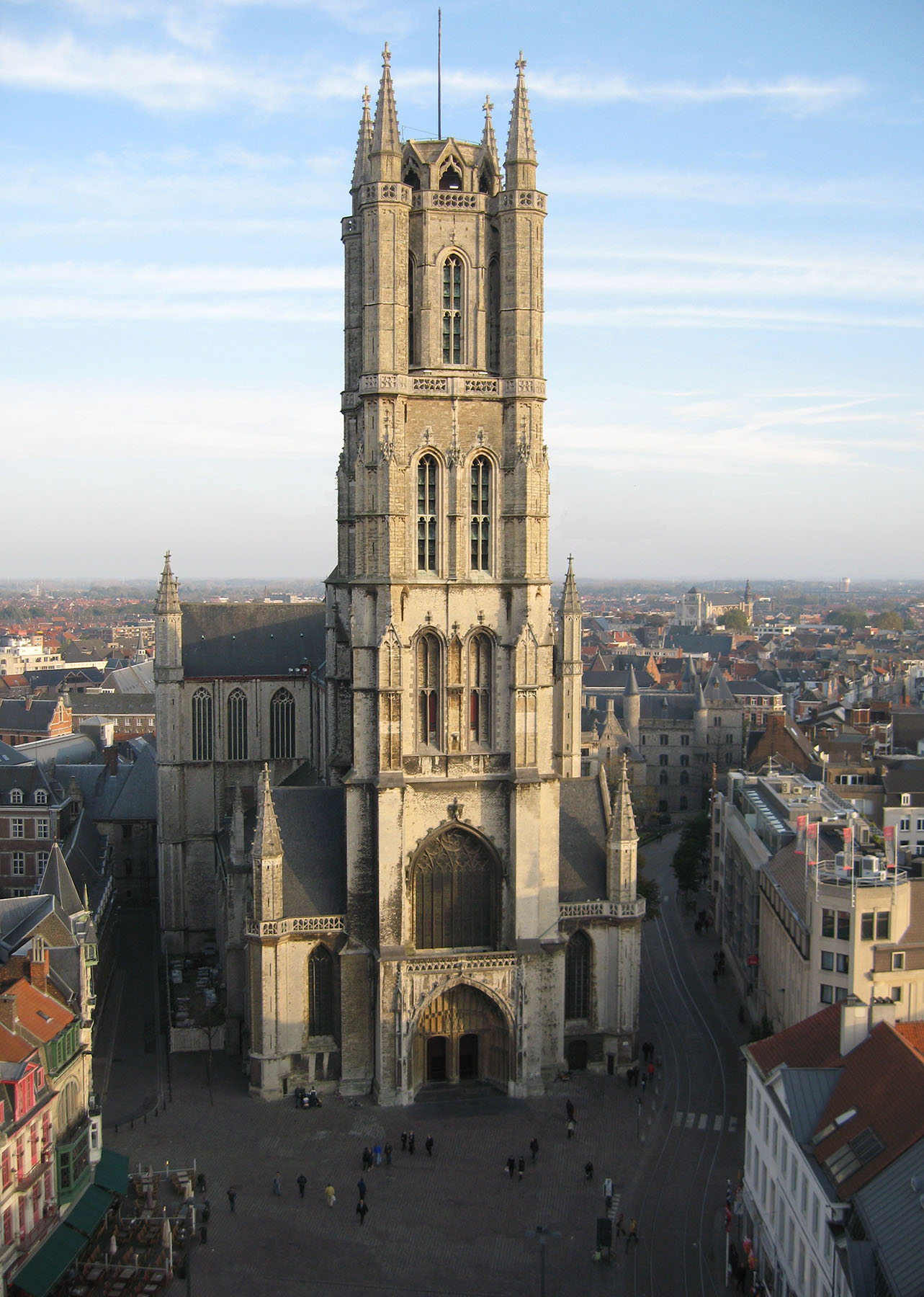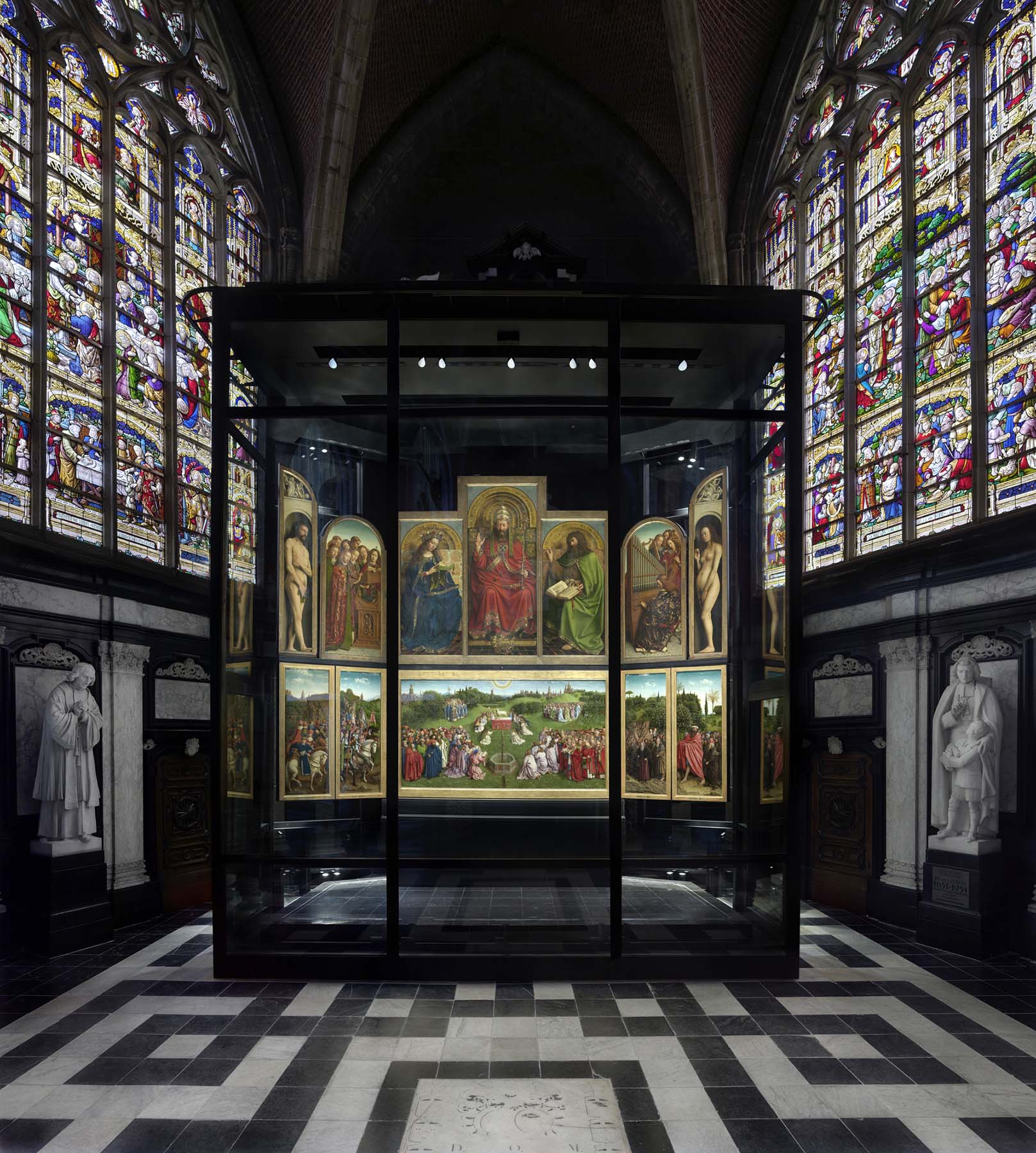Paintings that changed the course of Western pictorial art are extremely rare. The Adoration of the Mystic Lamb by the Van Eyck Brothers is a typical example of this. A visit should be on every art lover's bucket list. Definitely worth a trip!
The Adoration of the Mystic Lamb
The history of Western painting would have looked different without the pioneering work of Jan van Eyck. The most significant and largest painting he produced was the Adoration of the Mystic Lamb which dates back to 1432. His brother Hubert started working on this polyptych at the behest of Judocus Vijd and Elisabeth Borluut, two prominent Ghent based patricians. When Hubert van Eyck died in 1426 his brother Jan continued the work. The Mystic Lamb as we know it today was painted primarily by Jan van Eyck and his studio artists. At the centre is the lamb, symbolizing Christ, which sacrifices its blood to take away the sins of mankind. By perfecting the oil painting technique and introducing his incomparable realism, Jan van Eyck created an unparalleled masterpiece with scenic vistas, an encyclopaedic depiction of nature, life-size figures, the illusion of sculpture, his legendary rendering of light and many more details.
Practical information
Accessibility
Easy access for people with disabilities.



